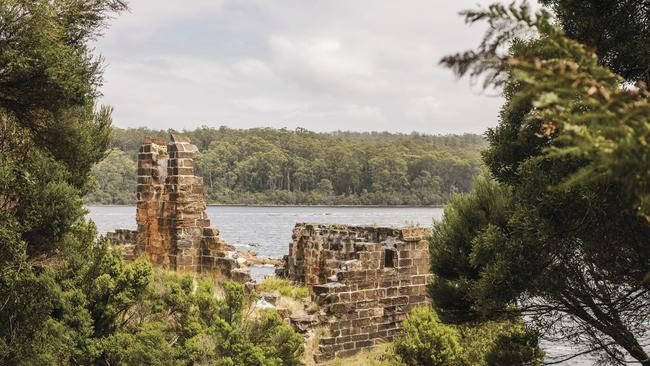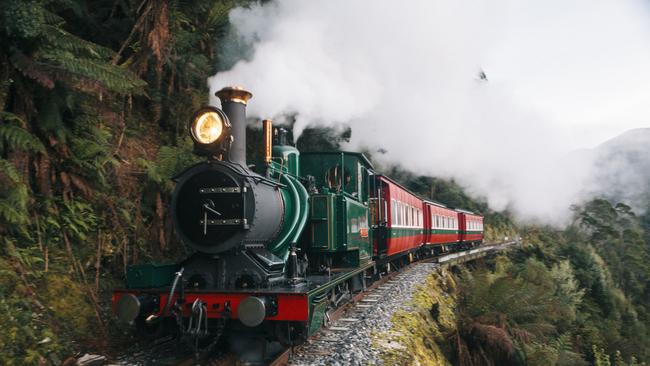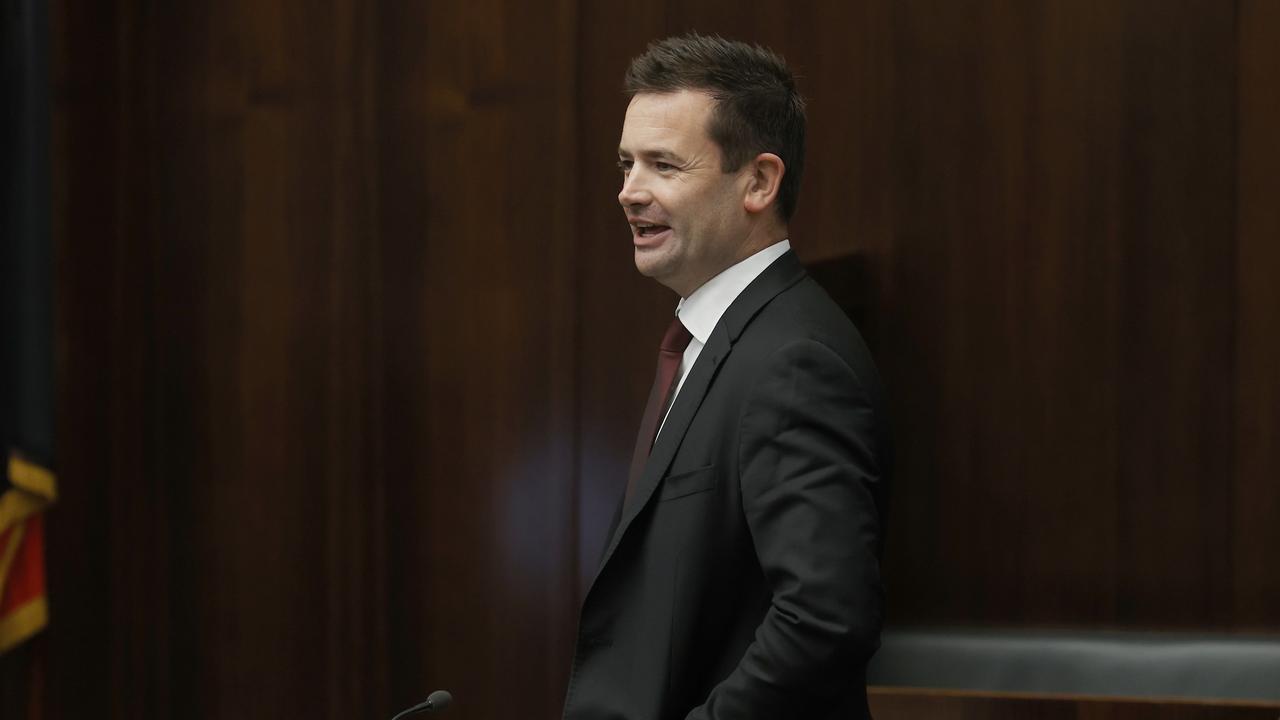Tasmania’s northwest records highest hotel occupancy rates on record
A Tasmanian region has recorded its highest occupancy rates, while a popular tourist attraction in the same area has seen its strongest numbers since the Covid pandemic. However, it is not all positives for the region.

Tasmania
Don't miss out on the headlines from Tasmania. Followed categories will be added to My News.
The West Coast Wilderness Railway is seeing its strongest passenger numbers since 2018 – despite parts of the route being unopen, with calls to fast-track its repair to get more bums on seats.
February saw hotels in northwest Tasmania achieve its highest occupancy rate on record, with Tasmanian Hospitality Association’s Hotel Occupancy Report showing the northwest had a 90.25 per cent occupancy rate.
Overall, Tasmania had an occupancy rate of 98.53 per cent.

THA chief executive Steve Old said the figures capped off a strong summer for the state’s tourism industry.
“These numbers are fantastic and just reward for all the operators who were feeling the pinch in the middle of last year,” Mr Old said.
“To be celebrating our third-best February ever and a summer quarter that rivals our pre-pandemic highs is a real achievement for Tasmania’s hospitality sector.
“The North West hitting over 90 per cent occupancy is a record-breaker and a reflection of the strength of our regional tourism offerings, from stunning coastlines and national parks to world-class food and wine experiences.
“I also have no doubt these figures can grow further once the new Spirits are online.”
Despite the summer success, Mr Old said that tourism in Tasmania was very seasonal.
“We know the end of Autumn to the start of Spring is traditionally a quieter period, so now is the time to focus on shoulder season events and strategic marketing to sustain momentum. “We want to keep the lights on, the doors open, and visitors coming year-round.
“We’ve shown that Tasmania can punch above its weight in summer. The next step is making sure our industry thrives through the cooler months as well.”

In response to the substantial passenger numbers on the WCWR, Tourism Industry Council of Tasmania CEO Amy Hills said the railway operated five days a week and on a limited schedule, as parts of the track need repair.
“Despite this strong interest, I understand that the railway often fields calls from people wanting to take the full or centre trip, and others who say they will visit once it’s fully open again,” Ms Hills said.
“Without a time frame or pathway for the railway to fully re-open, the state is missing out on vital return visitation and word of mouth.”
The Tasmanian government owns the WCWR.
“The 2024-25 Tasmanian Budget provides $21.8 million over four years to support the capital investment and the ongoing operation of the West Coast Wilderness Railway (WCWR),” a Tasmanian government spokesperson said.

“This funding in 2024-25 will offset forecast operating loss for this financial year as well as provide for targeted capital works, including heavy maintenance of a steam locomotive, replacement of rail maintenance vehicles, bridge painting work and priority rail track works.
“This maintenance is underway and remains ongoing. The WCWR requires ongoing investment to maintain infrastructure.
“It is disappointing this iconic tourism experience has not been recognised in the latest federal budget.”
More Coverage
Originally published as Tasmania’s northwest records highest hotel occupancy rates on record




